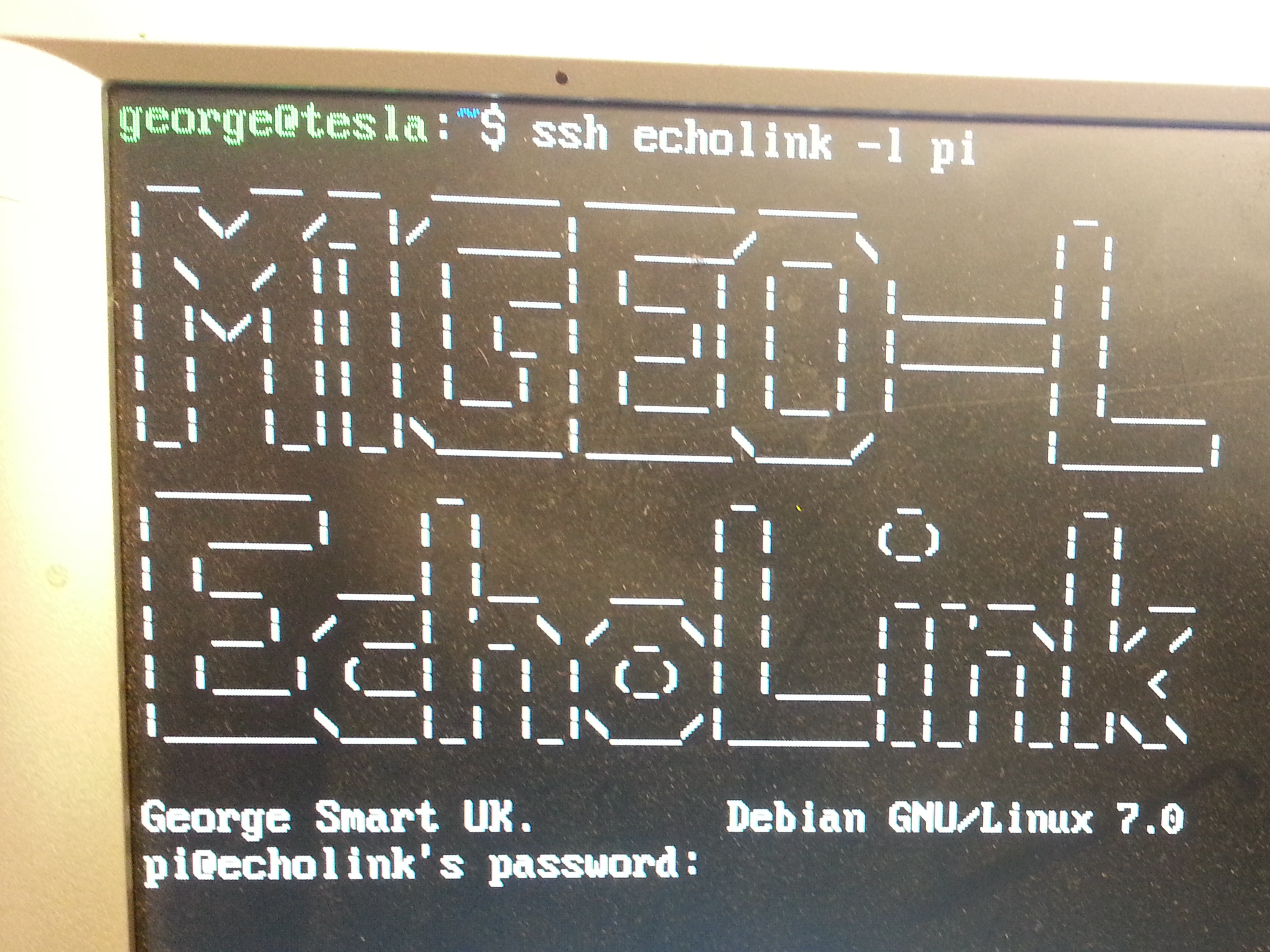

- Echolink ham radio issue with window update code#
- Echolink ham radio issue with window update series#
You simply enter the appropriate base command (which represents a connect or disconnect instruction) and then the 2-digit code of the remote node that you wish to connect to. There are two base command sequences which are followed by a 2-digit "short form" code representing the desired node. This will be confirmed by the courtesy tone reverting to a single beep only.Īfter all of that, there is an easier way!Ī system of shortcuts has been implemented which allows the same command format to be used irrespective of the node that is being used, provided that it's part of the Island Network. Key Star ( * ) and remote command mode will terminate. You will get a disconnect message confirming what has happened. Key *1 (the disconnect command from the table above) followed by the node number.įor example *1 3001234. When you are finished with your call, enter the disconnect sequence. You will then have to use the *42480 sequence again to re-enter command mode. Note that Dialling a star ( * ) on its own will cause the local node to exit command mode. You will also notice that there is a second, rather ethereal, courtesy tone on your node.Įnter the DTMF code to tell the gateway to make the Echolink connectionįor example:* 3 3001234 will issue a connect request to EchoLink node 1234. From here on, any DTMF command you enter will be forwarded to the target node (the hub in this case). You will hear a rather strange message (stolen from Battlestar Galactica) saying "By Your Command". Press your PTT and key * 4 2 4 8 0 then release PTT. Invoke remote command mode on the Snaefell Node (node 2480). If you are operating through Snaefell (433.125), proceed to step 2 Otherwise. Having constructed the number of the desired node, we need to issue the command to make the link. So the example above becomes 3001234 a total of 7 digits. EchoLink node 1234 = AllStar Node 001234Īlso, in order to distinguish EchoLink node numbers from AllStar numbers, the 6-digit number has to he prepended with a "3". Nodes with shorter numbers need to have leading zeroes added.Į.g. It follows, then, that in order to make an outgoing EchoLink connection, you have to tell the Snaefell node to do what you want.Īllstar treats ALL EchoLink node numbers as 6-digits long. The Snaefell node (2480) hosts the EchoLink gateway to our network. This means that we have to have a single point of entry and exit for EchoLink connections whether they are inbound or outbound.Īs far as the EchoLink network is concerned, GB3IM - with its multiple nodes - is a single entity. Once such a connection is made, that remote node becomes part of the local network.īecause of limitations in the EchoLink system architecture, it is only possible to have one instance of GB3IM registered with EchoLink. This command code tells your local node to relay all received DTMF commands to the node that you specified in the *4 command.Īny node in our system can make a direct connection to any other AllStar node in the world. This is particularly true when it is desired to set-up an outgoing EchoLink connection. There are situations where the command that you want to send should be acted upon by another node in the system. In the above list, nnnn represents the AllStar Link node number to connect to / disconnect from.Ī list of active Allstar nodes can be found at this location.Īllstar connections only require the use of the *3 and *1 commands above. Decoding is abandoned if the gap between digits is too long.Ĭonnect to specified node in transceive modeĮnter command mode on specified node (see below).This is useful if you make a mistake you just start again. If a * is issued as part of a command string, it causes a reset of the decoder and the decode begins from the last entered * character.Every command must begin with a "Star" character ( * ).For example, a command issued against the Carnane (GB3IM-C) repeater will only affect that node, and all responses will be generated by that node.

Commands are not propagated to other nodes unless specifically required.
Echolink ham radio issue with window update series#
Philips / Simoco PRF10 Series Yahoo! Groupīefore we begin, there are some important notes to bear in mind:

Isle of Man Amateur Radio Society Website IOM Department Of Infrastructure Stations Tait Radio Academy - Introduction to DMR Study Guide


 0 kommentar(er)
0 kommentar(er)
